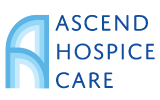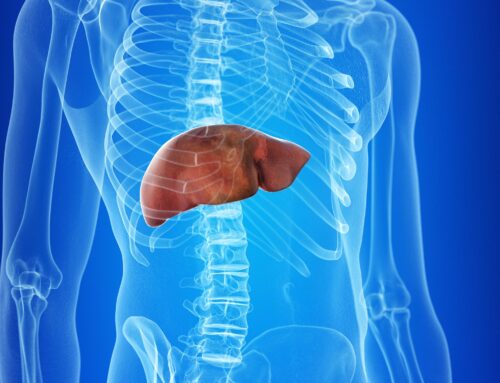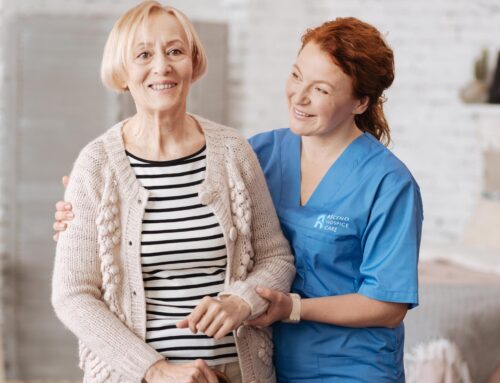Every October, communities across the globe recommit to educating, supporting, and remembering those touched by breast cancer. For hospice agencies, Breast Cancer Awareness Month focuses directly on the continuum of care, from diagnosis to advanced disease to comfort care.
The Global and National Burden
Breast cancer is still the most common cancer affecting women in the world, with an estimated 2.3 million new diagnoses and 670,000 deaths last year. In the United States, projections for 2025 show that about 316,950 women will be diagnosed with invasive breast cancer. Among those, about 42,170 women and 510 men are expected to die from breast cancer. Men count for less than 1% of all breast cancer diagnoses.
These numbers mean that, even where medical advances exist, many people still confront advanced breast cancer symptoms or later-stage disease that challenges curative intervention.
What Is Breast Cancer?
Breast cancer usually begins in the ductal or lobular glandular tissue of the breast. In its earliest stages, it may cause no symptoms and remain confined to the breast. Over time, it may spread to lymph nodes, then to distant organs, and become metastatic (or stage 4).
The specific causes of breast cancer are not fully known. Unlike cancers caused by viral infections, breast cancer is not known to arise from any infectious agent. But many risk factors are well established:
Because these are risk factors, not guarantees, lifestyle measures can help reduce the risk. Maintaining a healthy weight, limiting alcohol intake, staying physically active, and, when feasible, breastfeeding can all offer some protection. But none assures immunity.
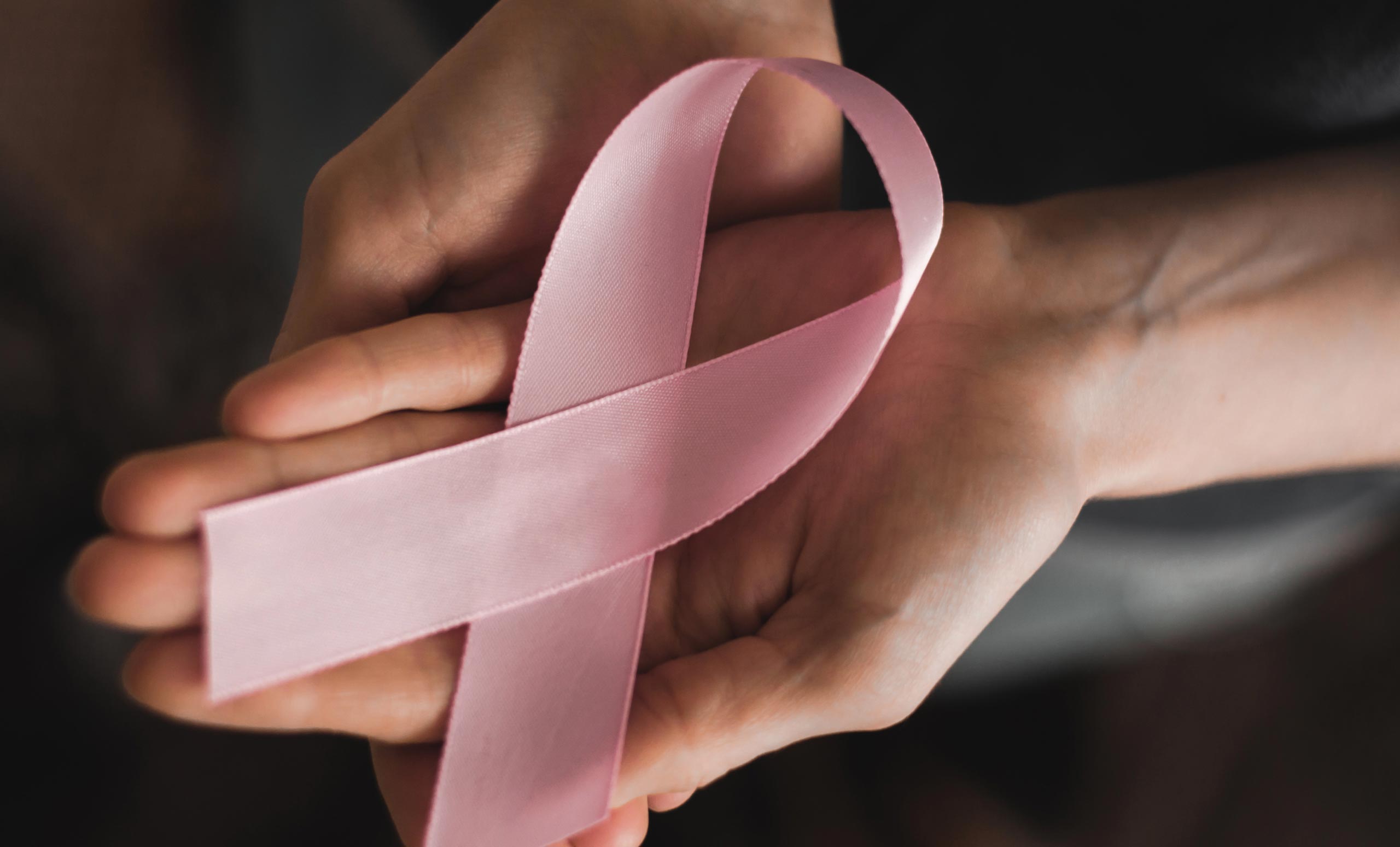
Early Signs & Advanced Breast Cancer Symptoms
Early detection offers the best hope of a cure or long-term control. Some early warnings include:
In many early cases, there is no pain. Any of these signs should prompt evaluation by a medical professional.
When breast cancer becomes more advanced or metastatic, additional symptoms may emerge, depending on which organs are involved:
These advanced breast cancer symptoms often require both cancer-directed therapy and supportive symptom care, which is where hospice care plays a vital role.
Treatment of Breast Cancer
When breast cancer is caught early, combination therapy is often effective. Common treatments include:
When breast cancer reaches stage 4, a cure is rarely achieved. The goal becomes to slow disease progression, control symptoms, and maintain quality of life. These stage 4 breast cancer symptoms treatments seek to stabilize the disease, relieve pain, and preserve function—not necessarily to eliminate cancer.
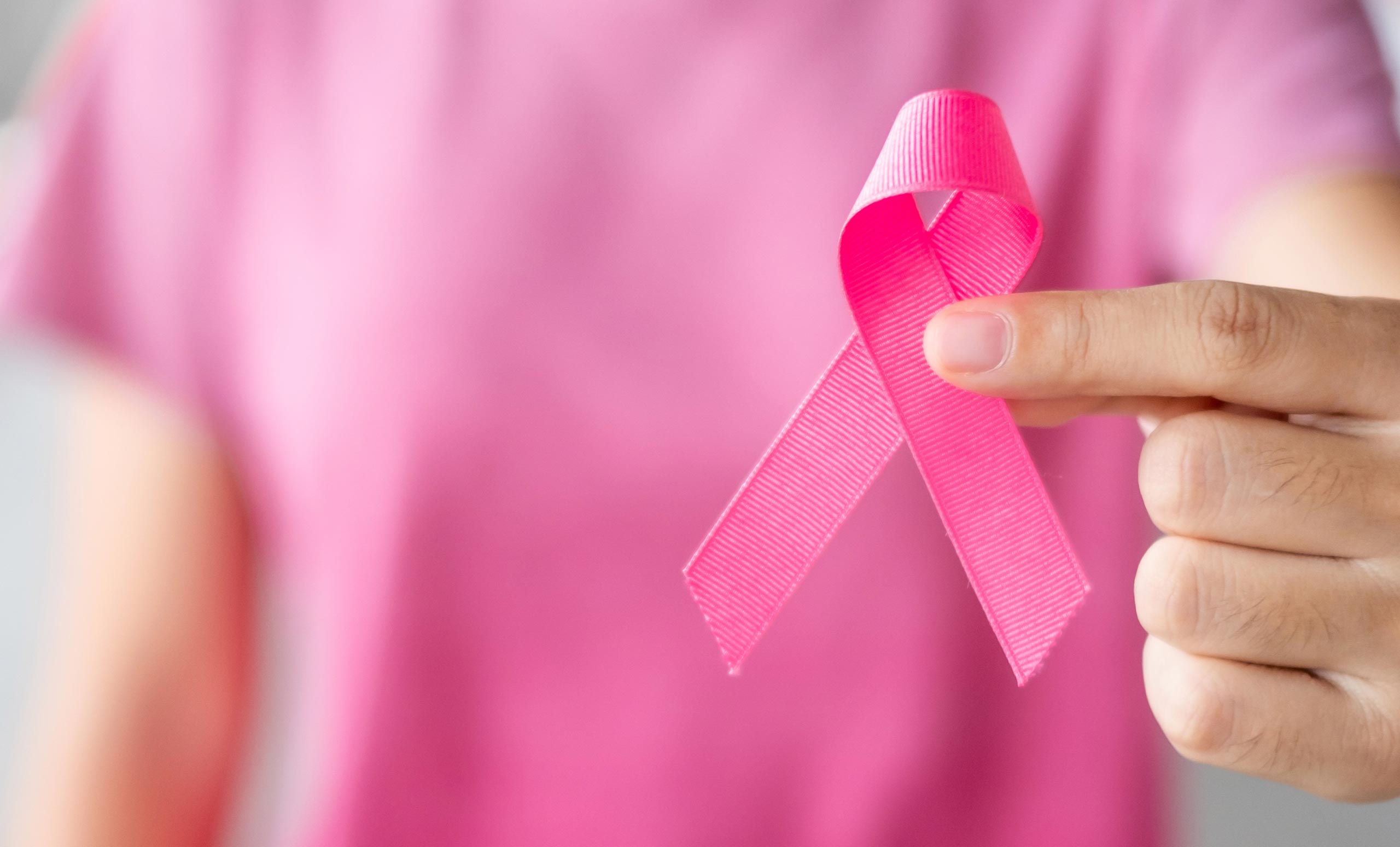
The Role of Hospice Care at Home for End-Stage Breast Cancer Patients
When breast cancer has progressed beyond the point where further curative or life-prolonging therapy is possible, or when the burden of treatment outweighs benefits, hospice care becomes an ethically grounded, compassionate option.
Hospice care at home for cancer patients focuses on comfort, dignity, and support, rather than aggressive interventions. In the context of end-stage breast cancer, hospice provides:
Choosing hospice care early, before the final days, often results in better symptom control, fewer hospitalizations, and improved patient and family experience. It is not giving up; it is shifting toward what matters most to the patient’s quality of life.
Why Awareness and Early Action Matter
The central message of Breast Cancer Awareness Month is that early detection saves lives. When caught early, many breast cancers are curable or manageable for long periods. Later diagnosis diminishes options and increases suffering.
In the U.S., the lifetime risk for a woman to develop invasive breast cancer is about 1 in 8 (13.1 %). Because of that, screening guidelines, including mammography starting around age 40 to 50, depending on risk, are critical.
Men should not be overlooked: although under 1% of cases, male breast cancer does occur and often presents at more advanced stages due to a lack of awareness.
Public awareness campaigns can reduce stigma, encourage self-exams or clinical exams, and lead to more early referrals. Community engagement, particularly in marginalized or underserved populations, can help overcome barriers of fear, misinformation, or limited access to screening.
How You Can Support the Cause
Even if you are not personally affected by breast cancer, you can play a role in saving lives and improving care.
Bringing Hospice Perspective to Breast Cancer Month
Hospice care has a unique and essential role for dignity, relief, and comfort in end-stage breast cancer. We strive to support patients through advanced disease, including stage 4 breast cancer symptoms treatments, not by fighting endlessly, but by aligning care with the person’s values and goals.
When families and patients are aware early of hospice options, transitions become smoother, emotional distress is reduced, and patients are less likely to spend their final days in hospitals with aggressive interventions. We encourage open conversations about hospice care as an appropriate phase of care, not as a defeat, but as care tailored to what matters most. May no one face this journey alone or in silence.
